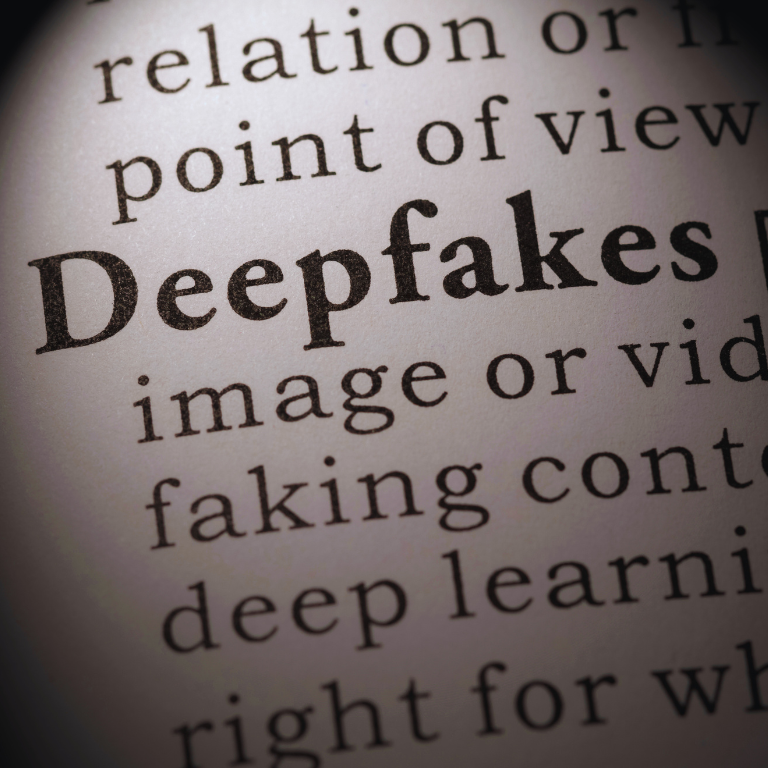Deepfake Threats on the Rise, but Impact Remains Limited

In recent years, deepfake technology has made significant strides, captivating both technophiles and the general public. While the technology offers creative possibilities, it also poses potential threats that have caused concern worldwide. This article explores the rise of deepfake technology, the threats it poses, and why its impact, though concerning, remains limited.
What are Deepfakes?
Deepfakes are synthetic media where a person’s likeness is replaced or altered using artificial intelligence (AI) techniques, particularly deep learning. This technology can create highly realistic images, videos, or audio, making it challenging to distinguish between real and fake content. Deepfakes first gained attention with humorous and benign uses, but the potential for misuse quickly became apparent.
The Rise of Deepfake Technology
Technological advancements and the availability of powerful software have democratized access to deepfake creation tools. Applications like DeepFaceLab and Reface allow even non-experts to produce convincing deepfakes. This widespread availability has led to an increase in the creation of deepfakes for various purposes, from entertainment to more malicious intents.
Potential Threats Posed by Deepfakes
Deepfakes pose several threats, primarily in the areas of misinformation, identity theft, and political manipulation. These fabricated media can spread false information quickly, deceive the public, or tarnish individuals’ reputations. In the political realm, deepfakes have the potential to influence elections or incite social unrest by portraying leaders in compromising situations.
Cases of Deepfake Abuse
There have been notable instances where deepfakes have been used maliciously. For example, deepfake videos have been employed in political smear campaigns, attempting to alter public perception of candidates or officials. Similarly, deepfakes have been used in identity theft schemes, creating false videos of individuals to gain unauthorized access to secure systems.
The Psychological Impact of Deepfakes
The proliferation of deepfakes can erode public trust in media, leading to skepticism about the authenticity of any visual or audio content. This erosion of trust can have significant mental health implications, as people become increasingly uncertain about the information they consume.
Challenges in Detecting Deepfakes
Despite advancements in technology, detecting deepfakes remains challenging. Current detection methods involve analyzing inconsistencies in digital artifacts or using AI to identify synthetic content. However, as deepfake technology improves, these methods must continuously evolve to keep pace.
The Role of AI in Deepfake Creation and Detection
AI plays a dual role in the world of deepfakes, both as a creator and a defender. While AI facilitates the creation of convincing deepfakes, it is also integral in developing tools to detect and mitigate these threats. Research is ongoing to enhance AI’s capability to distinguish real content from deepfakes.
Legal and Ethical Considerations
The rise of deepfakes has outpaced the development of laws to regulate them. Existing legal frameworks are often inadequate to address the unique challenges posed by this technology. Ethical concerns also arise regarding privacy, consent, and the potential for misuse in personal and professional settings.
Deepfakes in Media and Entertainment
Interestingly, deepfakes are not solely negative. In media and entertainment, they are used for creative purposes, such as resurrecting deceased actors in films or enabling actors to perform without being physically present. These uses highlight the potential for deepfakes to transform storytelling and visual effects.
Corporate Security and Deepfakes
Businesses face new security challenges due to deepfakes, particularly in corporate espionage and reputation management. Deepfake audio and video can be used to impersonate executives, leading to unauthorized financial transactions or leaking sensitive information.
Public Awareness and Education
Raising public awareness about deepfakes is crucial in mitigating their impact. Media literacy programs and educational campaigns can help people recognize deepfakes and question the authenticity of suspicious content. This awareness is a key factor in reducing the potential harm caused by deepfakes.
Government and Policy Responses
Governments worldwide are beginning to address the challenges posed by deepfakes. Policies vary, with some countries implementing strict regulations against the creation and distribution of malicious deepfakes, while others focus on promoting awareness and developing detection technologies.
Technological Solutions and Innovations
As the threat of deepfakes grows, so too does the innovation in detection and prevention technologies. Researchers are developing more sophisticated algorithms to detect subtle signs of manipulation, such as inconsistencies in lighting, shadows, or facial movements.
The Future of Deepfakes
The future of deepfakes is uncertain but likely to be marked by continued technological advancement. While the potential for abuse remains a concern, there is also potential for positive uses in areas like education, entertainment, and communication. The key will be finding a balance between innovation and regulation.
Why the Impact Remains Limited
Despite the increasing sophistication of deepfakes, their actual impact has been limited. This limitation is due in part to the development of detection technologies and public awareness campaigns. Additionally, the legal and social consequences of using deepfakes maliciously can deter potential misuse.
Deepfake Threats on the Rise
The number of deepfake incidents is on the rise, as technology becomes more accessible and user-friendly. The growing sophistication of deepfakes poses a challenge for detection methods, necessitating ongoing research and development in this field.
Strategies for Mitigating Deepfake Risks
Mitigating the risks associated with deepfakes requires a multi-faceted approach, including technological innovation, legal regulation, and public education. Collaboration between the public and private sectors, as well as international cooperation, is essential in developing comprehensive strategies to address the deepfake threat.











